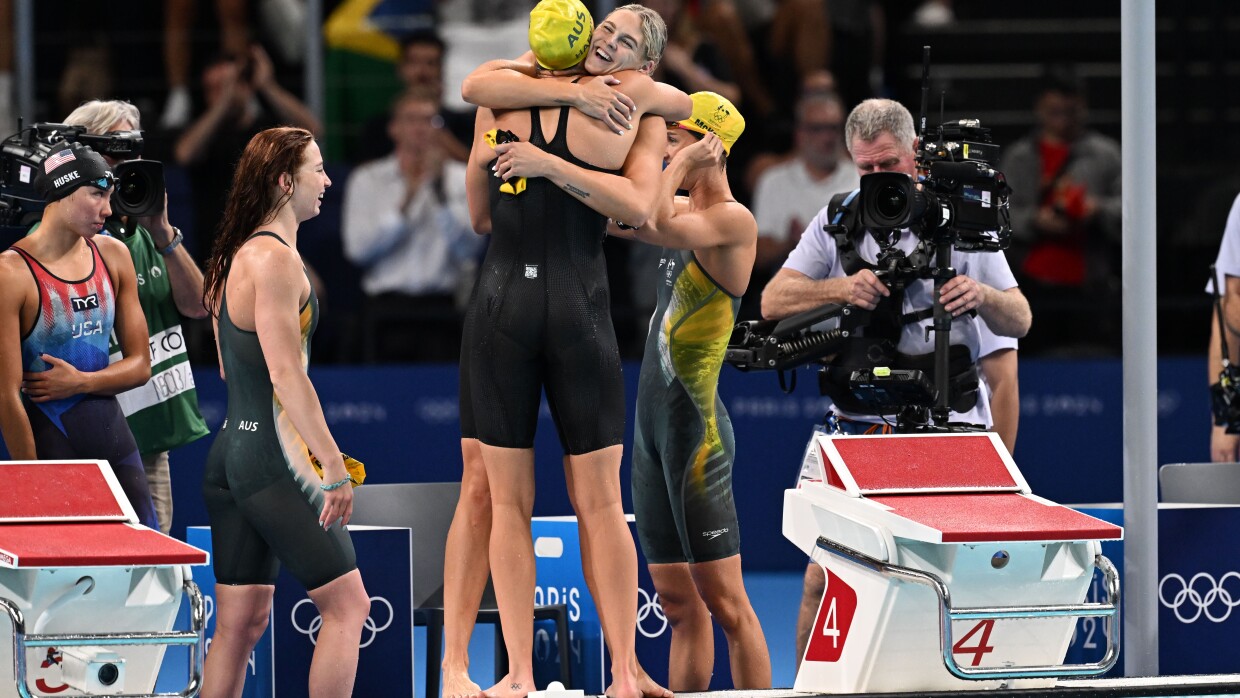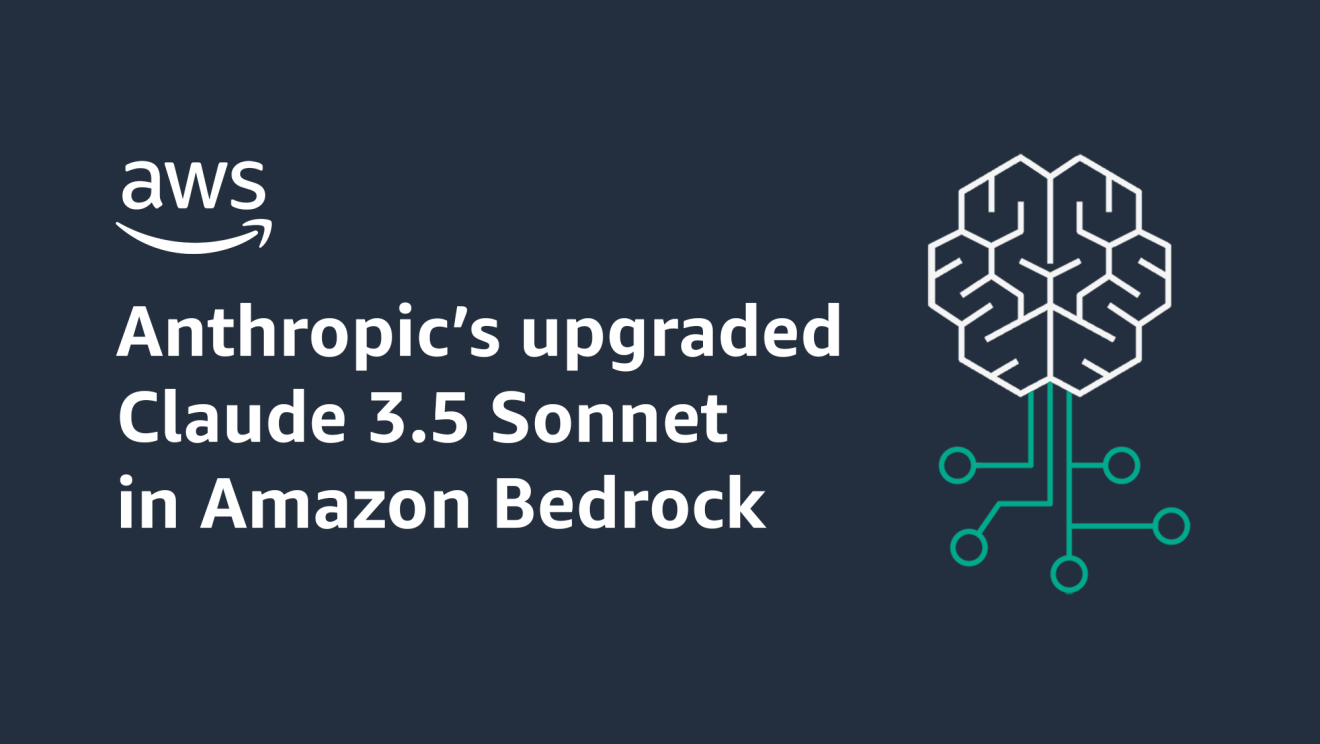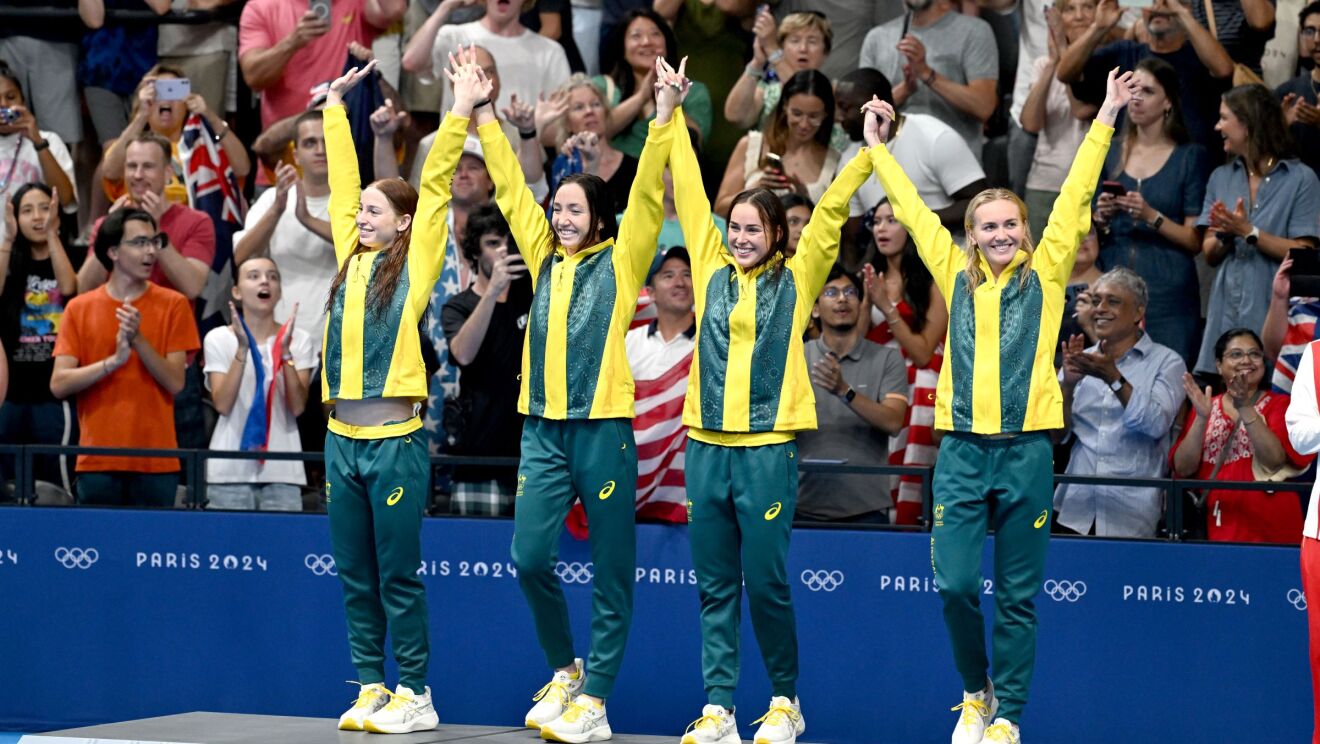Swimming fans are used to seeing Australians on the Olympic podium. Paris Olympics was no exception with Swimming Australia securing seven gold medals, just one shy of joining USA at the top of the table, the closest they have ever been. Now Swimming Australia has developed a technology roadmap to reach the top spot at the LA Summer Olympics in 2028 - powered by their deep investment in cloud technology and artificial intelligence (AI).
Since 2019 Swimming Australia has collaborated with Amazon Web Services (AWS) to pioneer world-first use cases for AI and machine learning (ML) in the pool. Jess Corones, Swimming Australia’s General Manager for Performance Support and Olympic Campaigns, credits working with the AWS Sports and AWS Professional Services teams to help swimmers push past boundaries and fulfil their potential at Tokyo and Paris Olympics. Here she highlights the different ways Swimming Australia is leveraging AWS for competitive advantage, and their plans to win big at the LA Olympics in 2028.
1. Seeing through the splashes with ground-breaking computer vision technology
Look to the top of the stands at any major international swim competition, and you will see rows of cameras. Teams watch the playback to find ways to improve individual performance. Seeing an opportunity to more efficiently analyse race footage, Swimming Australia custom-built its own race analysis system called Sparta, leveraging advanced computer vision and ML to track swimmers across all eight lanes of the pool, to measure metrics such as stroke rate, breath, distance per stroke, and velocity, and gathering it all together in Swimming Australia’s data lake. Coaches use these insights to fine-tune performance and give them a competitive edge. Powered by AWS, Sparta has had a significant impact, enabling a record medal haul at Tokyo, and medal tally success at Paris Olympics.
However, with Olympic swimming meets happening once every four years, waiting until these events to discover how you stack up against others is leaving it too late. Swimming Australia needed the same technology to work within its own training pool environment.
“The challenge is race competitions only have one swimmer per lane but in a training pool you’ve got swimmers sharing lanes in the pool, multiple swimmers in each lane, swimming different strokes, drills, sets and repetitions, with coaches on the side yelling stroke rates and times from their stopwatches,” explains Jess. “It’s a much harder place than an actual race to accurately measure and compute what’s happening in real time because of the complexity of the environment.”
Undeterred, Swimming Australia worked with AWS to install advanced computer vision technology at one of its training pools, with the goal of cutting through the splashes and refracted light from disturbed water, and precisely tracking each individual swimmer’s training session in a proof of concept project. Data such as stroke rate, breath, and skills such as the turn for each swimmer were captured. Additionally, Swimming Australia trained advanced ML algorithms on the footage of swim meets from around the world, including World Aquatics Championships, and added data on competitors to enable coaches and swimmers to benchmark their progress.
With the pilot a success, Swimming Australia is now planning to roll Sparta out to training pools across Australia, making it one of the first countries in the world to install this capability in a training environment. The team is also investing to improve the speed of race analysis, to give coaches immediate access to metrics as soon as a race finishes.
“At the moment it takes about 30 minutes to process each race because of the sheer complexity and compute needed. With AWS, we want to give coaches immediate access to all race metrics so they can have real-time conversations with athletes. Our goal is for our training pools to be the equivalent of a “Formula 1 garage” where our swimmers can go to fine-tune every part of their performance using real-time data analytics and insights, before they had out for a race,” said Jess.
2. Instant answers to every question a coach asks
AWS worked with Jess and her Performance Insights team to develop Lane Four, an app named after the middle lane, reserved for the fastest qualifying swimmer. Lane Four adapts the business intelligence tools of Amazon Quicksight to create customisable dashboards so each swimming coach can access the data most relevant to a particular swimmer, stroke or distance, in real time, such as athlete progression, competition summaries, event profiling, and benchmarking reports.
Lane Four made an instant difference to coaches and swimmers across Australia, making data immediately accessible on the pool deck instead of waiting up to 24 hours for the data to come back. It meant that coaches no longer had to rely only on stopwatch timings to judge whether a swimmer was progressing in the right direction. And swimmers could get instant answers on benchmarking questions such as ‘what is the fastest turn for a 100m freestyle race’, and make immediate changes to performance. Swimming Australia’s Paralympics team used the Lane Four app for the first time at Paris.
Jess says they are now looking to incorporate generative AI into the Lane Four app, using Amazon Q, an AI-powered assistant, to help coaches access specific analysis instantly by asking simple questions.
“Amazon Q will enable them to query the data using their natural language,” explains Jess. “Our coaches are not tech people – and we don’t want them to be. We want them to remain world-leading coaches who can utilise and interpret the most up-to-date data around them to support their decision-making and coaching”.
3. Optimising relay line-ups to elevate every swimmer’s performance
Swimming Australia knows that there’s more to picking a winning relay team than just writing down the names of the four fastest swimmers. Combinations matter a great deal, as does the order of the swimmers and how they match up against their opponents. To help with this, Swimming Australia developed a Relay App, which accurately predicts teams that opponents are likely to pick, the order they are likely to swim in, and the times they are likely to deliver. Most importantly, the Relay App also predicts the optimal line-up and order which gives Australia the best chance of beating those times. The result? Australia’s relay teams broke world records and won medals in six of their seven events at the both the Paris and Tokyo Games, putting gold medals into the hands of Mollie O'Callaghan, Shayna Jack, Emma McKeon, and Meg Harris: Australia’s all-conquering female 4x 100m relay team.
Using AI to help swimmers and coaches perform at their best enabled Swimming Australia to build spectacularly on the success of Tokyo and deliver one of its finest Olympics yet in Paris.
Now, Swimming Australia is focused on delivering its AI technology roadmap and making its top performing analytics available to more swimmers in a bid to push the country’s performance further still, and give them the best opportunity to top the medal table at LA28.
Next up, Four companies driving industry breakthroughs with AWS.
Image credit: Delly Carr, Swimming Australia














